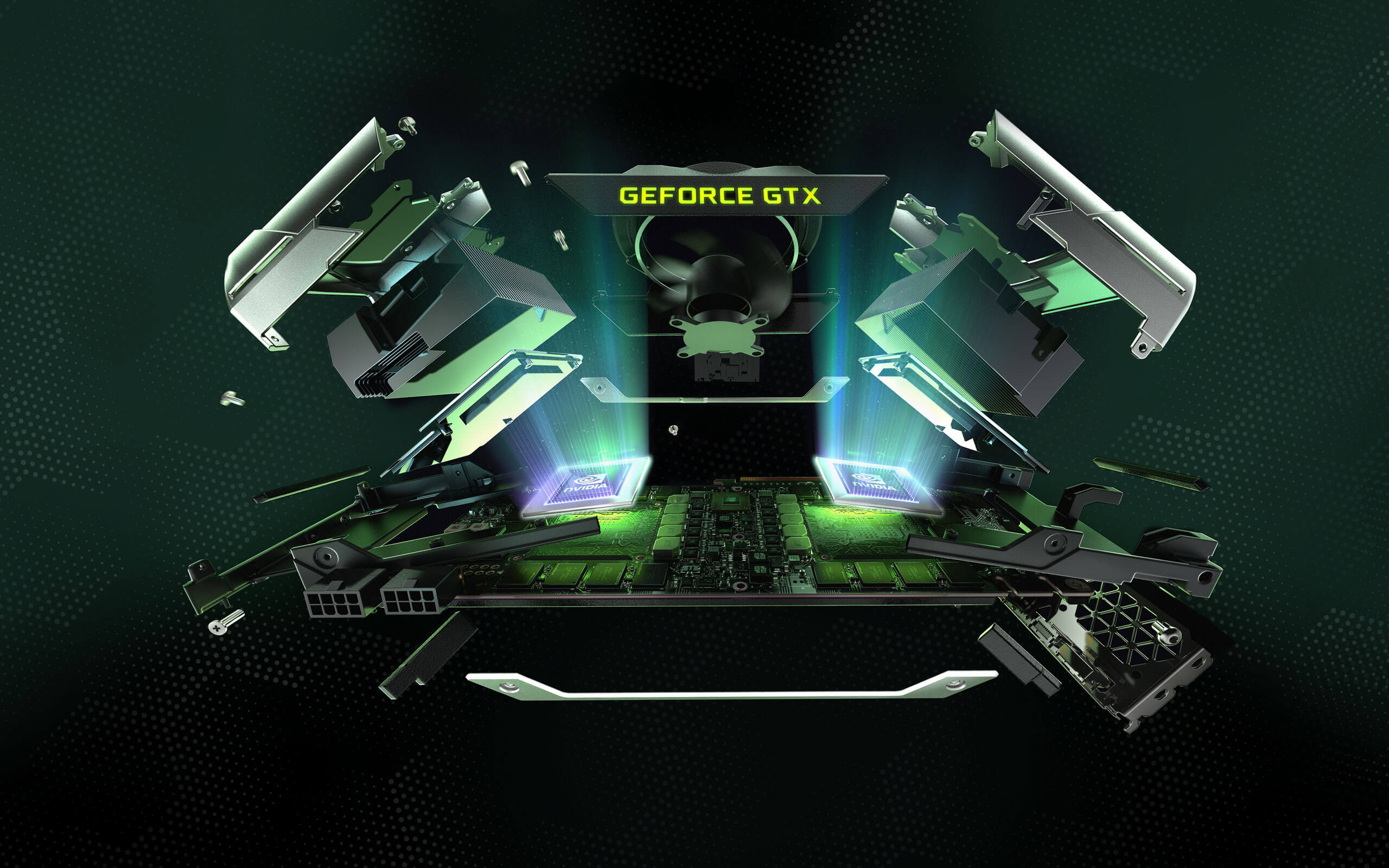Charted: 6 Years of GeForce Graphics
For the most part we've seen steady and consistent improvement in GPU performance. Some of the biggest gains were seen between 2010 and 2013 when moving from the 40nm GTX 580 to the 28nm GTX 680. The 780 also offered decent gains as Nvidia squeezed what they could out of the 28nm process and the Kepler architecture.
After that it wasn't until the hugely complex 980 Ti came along that we saw some sizable gains, at least when looking at 1600p performance. The line graph below plots Nvidia's progress over the past 6 years.

With the arrival of the GeForce GTX 1080 we saw another big step forward, partly thanks to a much needed die shrink that has allowed Nvidia to take their already efficient Maxwell architecture and supercharge it. Despite 9% fewer CUDA cores, the minor tweaks made to the Pascal architecture along with the enhanced core clock speed meant the GTX 1080 was on average 31% faster at 2560x1600 than its 980 Ti predecessor.

Looking at two popular titles such as The Witcher 3 and Rise of the Tomb Raider we still find similar margins for the most part. The GTX 1080 was 31% faster than the GTX 980 Ti here. Even if you do consider the maximum overclocking performance of the GTX 980 Ti and GTX 1080, the Pascal graphics card still comes out on top at around 20% faster while consuming considerably less power.
No doubt the future holds more complex and larger Pascal GPUs with 4K gaming and VR pushing for more performance in the coming years. As usual, it's been interesting to look back and see how far things have come in the world of computer graphics.
